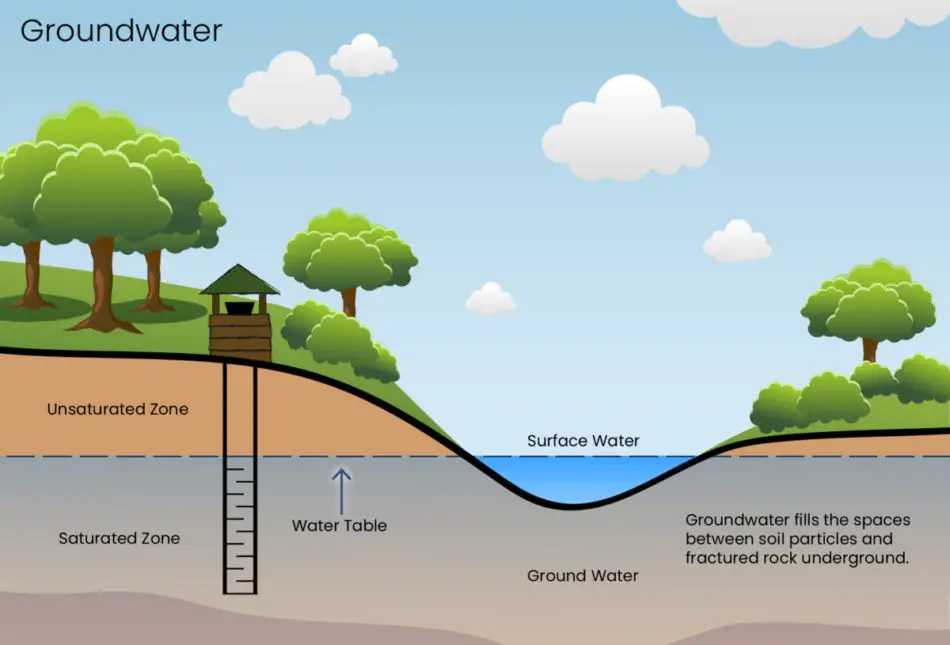What Are Depletions in Finance? The Motley Fool

The depletion rate per unit of a natural resource or asset depends upon the total number of units expected to be extracted. This is calculated by dividing the depletion base less salvage value (if any) by the number of units expected to be extracted. Since the amount of depreciation may be relatively large, depreciation expense is often a significant factor in determining net income. For this reason, most financial statement users are interested in the amount of, and the methods used to compute, a company’s depreciation expense.
Depletion: Definition, 4 Affecting Factors, and Depletion Methods
Like depreciation and amortization, depletion is a non-cash expense that lowers the cost value of an asset incrementally through scheduled charges to income. Where depletion differs is that it refers to the gradual exhaustion of natural resource reserves, as opposed to the wearing out of depreciable assets or aging life of intangibles. Depletion is an accounting technique that allows investors to write down the value of a natural resource as it’s extracted or harvested. Enshrined into the tax code in 1926, depletion is most commonly used in the oil and gas, mining, and timber industries. Finally, the units extracted during the period are multiplied by the depletion rate per unit to compute the depletion or depreciation charge for the period. The cost of natural resources extracted by a firm from a property is known as depletion.
Example of How to Use Cost Depletion
For example, a machine capable of producing units for 20 years, may be expected to be obsolete in 6 years. The building was destroyed because it had reached the end of its economic life. The land on which the building stood could be put to better use, possibly by constructing a new building.
Financial Accounting
Someone on our team will connect you with a financial professional in our network holding the correct designation and expertise. These expenditures may relate to legal, environmental, and laboratory studies, as well as tangible property such as buildings and processing equipment. The usefulness of resources to a firm is generally directly proportional to the amount extracted (or otherwise removed). For related information, read about how to account for depletion and other non-cash charges. Charlene Rhinehart is a CPA , CFE, chair of an Illinois CPA Society committee, and has a degree in accounting and finance from DePaul University.
How much are you saving for retirement each month?
Cost depletion is calculated by estimating the total quantity of a given resource and then dividing the percentage withdrawn by the total quantity. Let’s say an oil company expects to spend $200,000 to withdraw 50,000 barrels of oil every year from a field with estimated reserves of 1 million barrels. The amount of depletion that could be claimed petty cash: what it is how it’s used and accounted for examples would be $10,000, or $200,000(50,000/1,000,000). At the start of the year 2, a new survey is conducted and it is found that the expected extraction of minerals is only 160,000 tons (i.e.,40,000 tons less then the original estimate). The company decided to workout a new depletion rate on the basis of information provided by revised survey.
- 11 Financial may only transact business in those states in which it is registered, or qualifies for an exemption or exclusion from registration requirements.
- Let’s say an oil company expects to spend $200,000 to withdraw 50,000 barrels of oil every year from a field with estimated reserves of 1 million barrels.
- All of our content is based on objective analysis, and the opinions are our own.
- The resulting net carrying amount of natural resources still on the books of a business do not necessarily reflect the market value of the underlying natural resources.
- This charge is made in each reporting period, in an amount that reflects the level of asset usage during the period.
For example in case of a coal mine, more the coal is extracted more will be the depletion of the mine etc. Useful life refers to the time the company owning the asset intends to use it; useful life is not necessarily the same as either economic life or physical life. The economic life of a car may be 7 years and its physical life may be 10 years, but if a company has a policy of trading cars every 3 years, the useful life for depreciation purposes is 3 years. Various firms express useful life in years, months, working hours, or units of production.
11 Financial’s website is limited to the dissemination of general information pertaining to its advisory services, together with access to additional investment-related information, publications, and links. Depletion is affected by a number of factors, including the type of asset being depleted, the rate at which it is depleted, and the method used to calculate depletion. As with amortization, the usual procedure results in recording the credit half of the depletion entry directly in the asset account, despite the potential usefulness of showing the proportionate amounts of cost consumed and left to be consumed. Finance Strategists is a leading financial education organization that connects people with financial professionals, priding itself on providing accurate and reliable financial information to millions of readers each year.
At Finance Strategists, we partner with financial experts to ensure the accuracy of our financial content. Finance Strategists has an advertising relationship with some of the companies included on this website. We may earn a commission when you click on a link or make a purchase through the links on our site. All of our content is based on objective analysis, and the opinions are our own. Get stock recommendations, portfolio guidance, and more from The Motley Fool’s premium services.

One method of calculating depletion expense is the percentage depletion method. It assigns a fixed percentage to gross revenue—sales minus costs—to allocate expenses. For example, if $10 million of oil is extracted and the fixed percentage is 15%, $1.5 million of capitalized costs to extract the natural resource are depleted.
In particular, a company that extracts resources will use depletion to account for the use of these assets. Units-of-production (output) method The units-of-production depreciation method assigns an equal amount of depreciation to each unit of product manufactured or service rendered by an asset. Since this method of depreciation is based on physical output, firms apply it in situations where usage rather than obsolescence leads to the demise of the asset. Under this method, you would compute the depreciation charge per unit of output.
Depletion is an accounting method that allows individuals or companies to reflect the declining value of a natural resource over time. It’s most commonly used to write down the value of mineral and timber properties or rights. So far we have assumed that the assets were put into service at the beginning of an accounting period and ignored the fact that often assets are put into service during an accounting period. When assets are acquired during an accounting period, the first recording of depreciation is for a partial year. Normally, firms calculate the depreciation for the partial year to the nearest full month the asset was in service. For example, they treat an asset purchased on or before the 15th day of the month as if it were purchased on the 1st day of the month.

